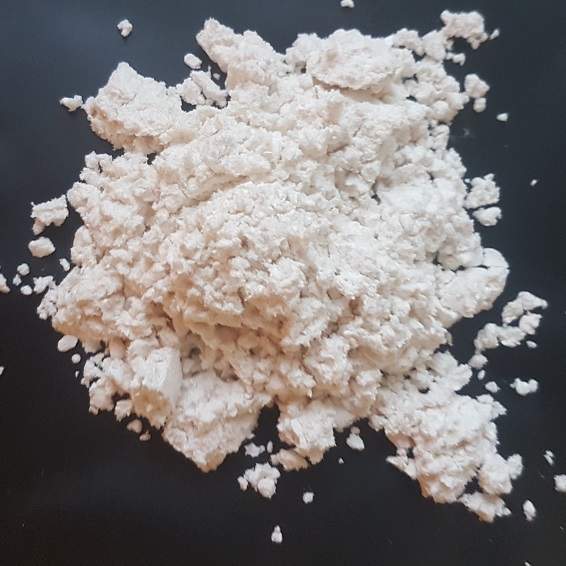Description
Synthacaine
Introduction
Synthacaine is a novel synthetic opioid that has gained popularity in recent years. Developed as an alternative to traditional opioids, it aims to address some of the limitations and risks associated with these substances. This document aims to provide an overview of synthacaine, including its history, effects, legal status, and potential therapeutic uses.
History of Synthacaine
Synthacaine was first synthesized in 2010 by a team of chemists led by David E. Nichols. Its development was motivated by the desire to produce a potent and long-acting opioid with fewer side effects compared to existing drugs. The goal was to create a medication that could effectively treat severe pain while minimizing the risk of addiction and tolerance.
Chemical Structure and Properties
Synthacaine belongs to the family of methyl-substituted opioids, sharing structural similarities with fentanyl and carfentanil. However, it has a unique chemical structure that sets it apart from other synthetic opioids. One of the key differences lies in the placement of the methyl group, which affects its potency and pharmacokinetics.
Effects and Pharmacology
Synthacaine exhibits similar effects to conventional opioids, including analgesia, euphoria, sedation, and respiratory depression. However, its potency and duration of action are slightly shorter compared to fentanyl and carfentanil. The compound exerts its action by binding to opioid receptors in the brain and spinal cord, resulting in the release of dopamine and other neurotransmitters.
Legal Status
Synthacaine is currently classified as an illegal substance in most countries. It is listed as a Schedule I controlled substance in the United States, which means it has no recognized medical use and high potential for abuse. Its production and distribution are strictly regulated due to its potential for misuse and overdose.
Therapeutic Potential
Despite its illegal status, there have been limited studies exploring the therapeutic potential of synthacaine. Some researchers have suggested that it could potentially serve as a safe alternative to other opioids in specific circumstances, such as pain management in individuals with limited treatment options. However, more extensive research is needed to determine its safety and efficacy.
Conclusion
Synthacaine is a novel synthetic opioid that has gained popularity due to its potential to address the limitations of traditional opioids. While its legal status remains restricted, there have been limited studies exploring its therapeutic potential. However, it is essential to approach any consideration of therapeutic use with caution, given the potential risks and challenges associated with opioids. Further research and regulation are necessary to determine the appropriate role and regulation of synthacaine in the field of pain management.






Benjamin Clark –
I’m very pleased with OptumRx-shop. The prices are great, and the shipping is quick. The website is user-friendly and makes ordering easy.